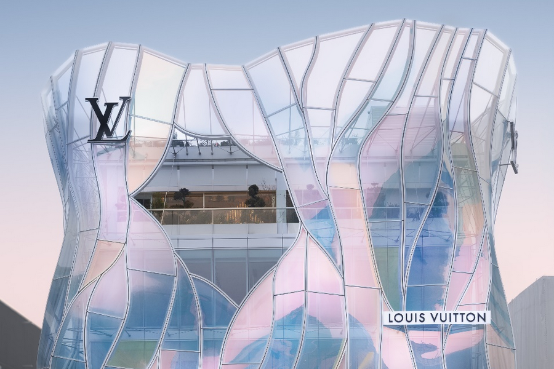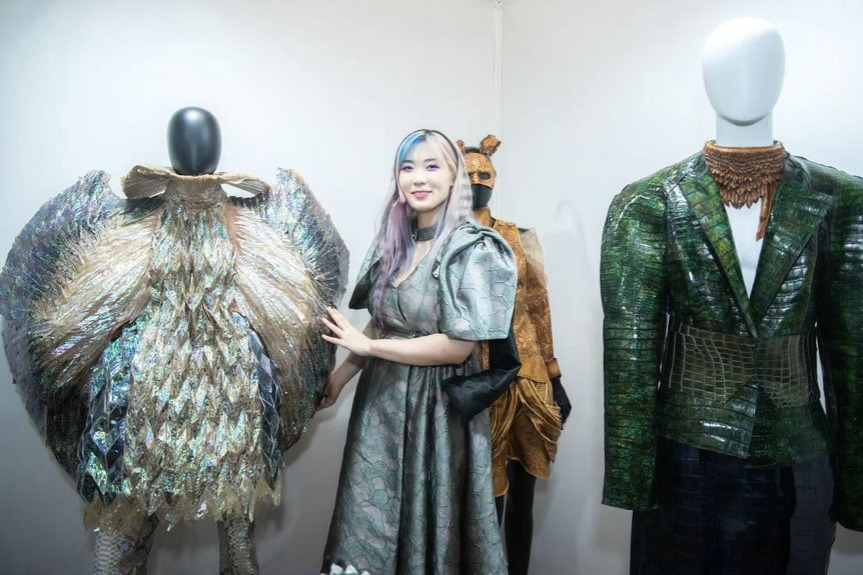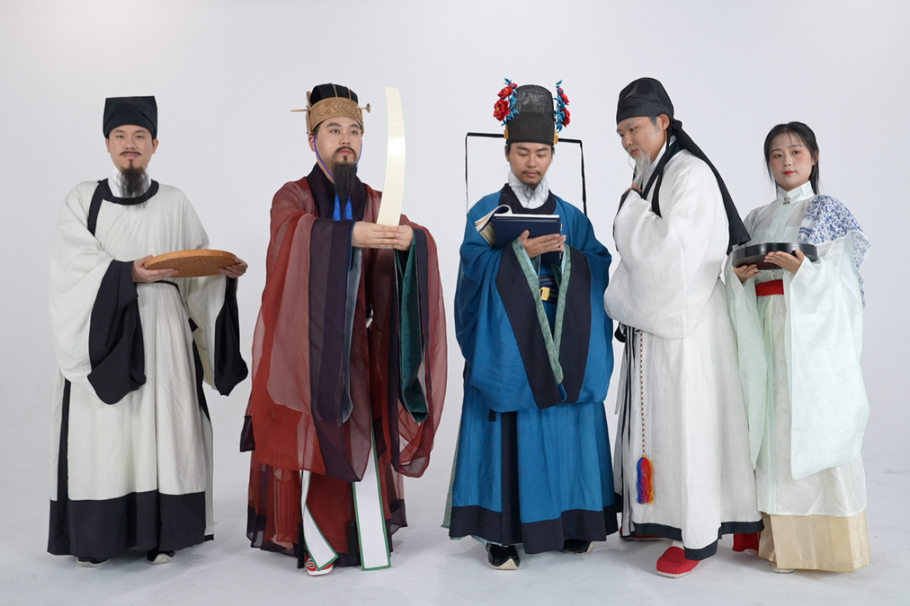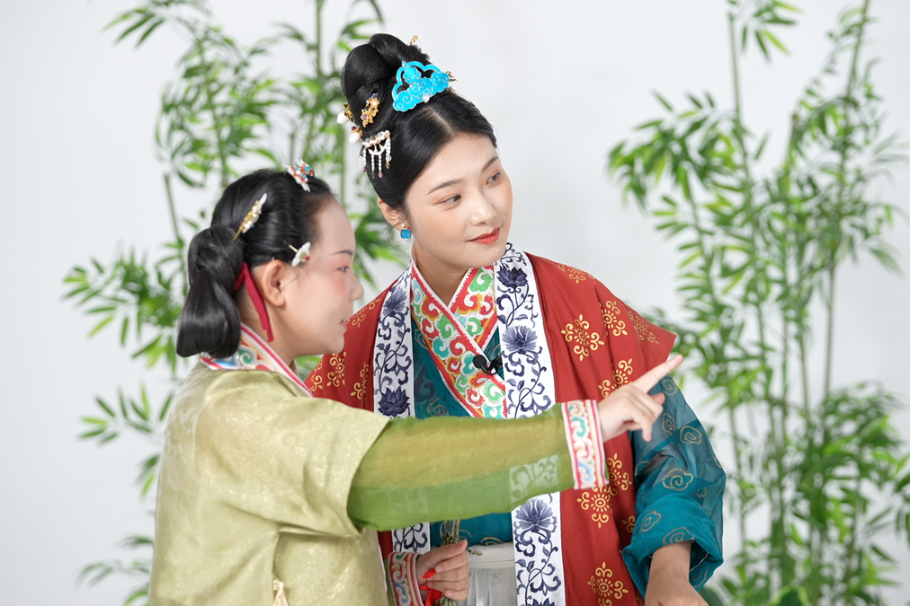An elf that does not toy with adults
Grinning Labubu figure gives an energetic sense of companionship, Xu Lin reports.

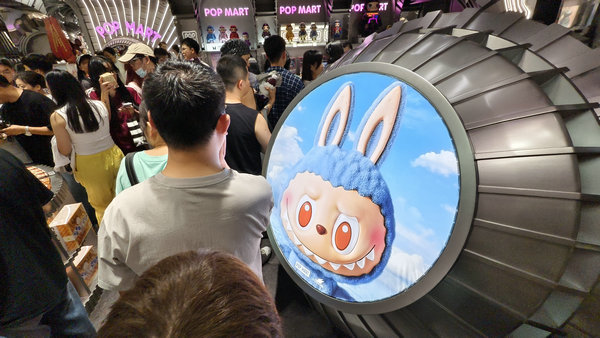
Wang Manlu, 29, couldn't agree more.
"I refuse to buy at such high prices and I'm confident that they will drop," says Wang, who works in a foreign trade company, in Jinan, Shandong province.
"I cherish Labubu simply for what she is — regardless of trends. Yet, seeing her loved by more people now brings me joy. It turns out my taste aligns with celebrities' after all!"
She believes Labubu's cheeky grin and serrated teeth resemble her when she's grappling with unspoken worries.
"Labubu isn't instantly likable at first glance, but grows on you over time with its quirky charm. It's like looking in a mirror as I come across the same way: seeming intimidating at first, yet genuinely easygoing once people know me," she says.
Her way of de-stressing after work is to unwind at home with her Labubu dolls — having them beside her when she's watching TV or playing mobile games.
"They're like my sweet tiny companions. I'll gently brush the fur and feel that same soothing rhythm under my fingertips, just like petting a cat," Wang says.
Ouyang Limei, 53, started to buy sealed cases of Labubu blind boxes in 2019 to guarantee full sets, because she's attracted by its creepy-cute smirk.
She arranges her plush dolls among flowers to take photos of the cozy scenes. She has hand-sewed several miniature sets of Chinese-style clothes from brocade and leather shoes for her Labubu dolls.
"At this stage of life, I embrace diverse hobbies and savor every moment. I love exploring all kinds of new experiences and learning from my 18-year-old daughter, such as picking up the latest buzzwords from her. Though unlike me, she's not as passionate about art toy collecting as I am," says Ouyang, who works in a foreign company in Shanghai.
"Just like Mickey Mouse, I believe that Labubu's quirky appeal transcends age. Don't tell yourself you're 'too old' or 'too young' to try something. There's no need for such restrictions."
According to a survey conducted by the Chinese Academy of Social Sciences in early 2025, among 10,123 subjects aged 18 to 70 nationwide, 25.42 percent and 28.51 percent expressed a strong desire to satisfy their need for emotional comfort and self-expression through cultural activities, respectively. This proportion peaked among those under 30, reaching 30.65 and 30.38 percent respectively.
"Emotional value is a major factor influencing youth consumption. Labubu functions as symbols, conveying specific emotional values and lifestyles. Consumers use them to display their taste and individuality, gaining a sense of belonging and recognition within communities," says Gao Wenjun, associate research fellow at the Institute of Sociology, CASS.
"Consumers like Labubu's adorable yet mischievous image and share their photos of their collections on social platforms. They may also relieve stress, achieve a sense of accomplishment or self-expression by engaging in secondary creation activities, such as re-dressing their Labubu dolls."
Li Chuang, assistant researcher at the Institute of Sociology, CASS, says that DIY represents a core characteristic of youth culture. Young people express their aesthetics through the products they consume and the cultural activities they engage in. They may embed their emotions into these cultural items, projecting aspects of their identity into the DIY process itself.
Gao believes that Labubu's overseas resonance stems primarily from enhanced user-centered creative design and marketing capabilities of Chinese brands.
According to her, Pop Mart seized a critical moment, propelling Labubu to global popularity through emerging demand in the art toy market, the amplifying effect of celebrity endorsement, and diversified promotions such as music and secondary creations across new media platforms.
"The Labubu phenomenon demonstrates that Chinese brands are able to adopt a user-centered approach, delivering emotional value through creative design to captivate global consumers. It also transcends conventional thinking by proving that cultural exports need not be necessarily tied to explicit Chinese symbols," Gao says.
Tu Jiayi contributed to this story.

















